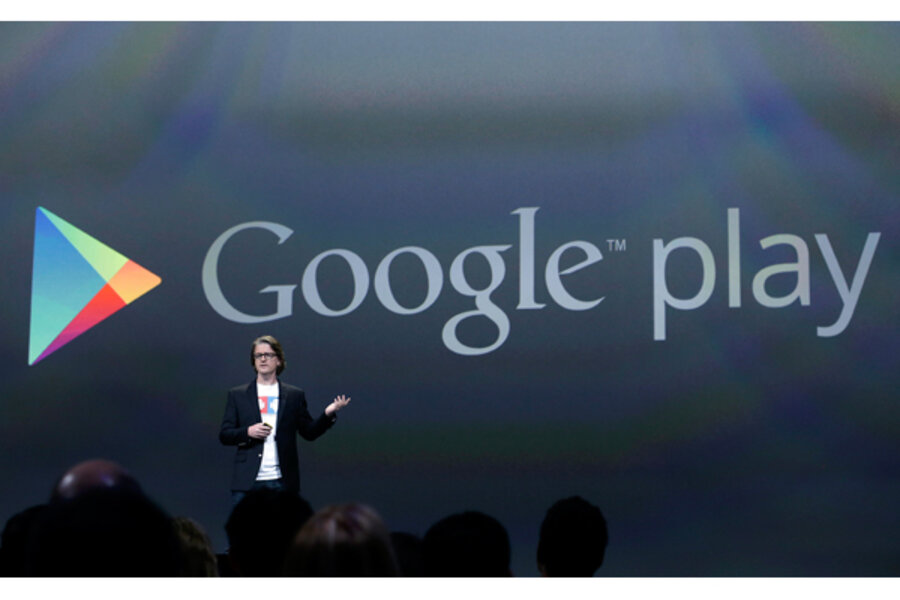Google Play Newsstand seeks to mobilize news
Loading...
News has taken another step toward a mobile-friendly future, as Google released its Google Play Newsstand app Wednesday.
The new media app offers a simple, smart way to keep up with the publications each reader gravitates toward, and has already replaced the Android magazine app (and soon will replace the iOS app Currents). But are news outlets interested in moving their apps to a Google-oriented platform?
The Newsstand app (not to be confused with Apple's Newsstand app) is a simply-designed, grid-like app that focuses on learning what the reader is interested in as he or she continues to consume news. Consumers can download their favorite news apps to the Newsstand, and the app will aggregate the latest news from each of those to a “Read Now” section. The more readers use the Newsstands app for their news, the more it recognizes reading patterns and individually tailors those top headlines. Readers can also subscribe to tags, offering more specialized content distribution.
The move comes after several generations of attempts by news outlets and tech companies to capture the growing mobile news audience. First, news outlets were designing their own apps, relying on the loyalty of readers to open their app when they wanted the news via smart phone. Then, tech companies started creating platforms that would host news apps, like Flipboard and Newsstand for Apple.
The problem with Flipboard is that it couldn’t aggregate content from subscription-based news outlets. Apple's Newsstand frustrated some outlets because it hid their apps behind the Apple designed app, creating an extra step for readers.
Google Play Newsstand takes care of the first problem by aggregating content even from behind pay walls, but may still face challenges with the second.
Google Newsstand has allowed its news partners to experiment with the platform in order to add extra multimedia content that really shines on Android tablets and smart phones. According to a Verge article, the New Yorker has added an audio component where authors read their articles and poems, and magazines can create layered products that keep the familiarity of the print publication. But these take some navigation to get to, which could deter readers or at least mean they overlook some deeper digital innovations.
This tech company-structured model has already backfired on Apple’s Newsstand. Developer Marko Karpinen, of digital publishing company Maggio, wrote a blog post earlier this year saying his company would no longer recommend developing magazine apps for iOS 7 as it pushed the focus away from the publication and more toward the Newsstand platform itself.
Right now the Google Play Newsstand replaces the current magazine app on Android, and once Google develops an iOS version, it will replace its Currents iOS news app. For now, Android users can experiment with yet another way to consume news in the digital age. Whether it sticks in the always-fluctuating media landscape is a story for another day.








